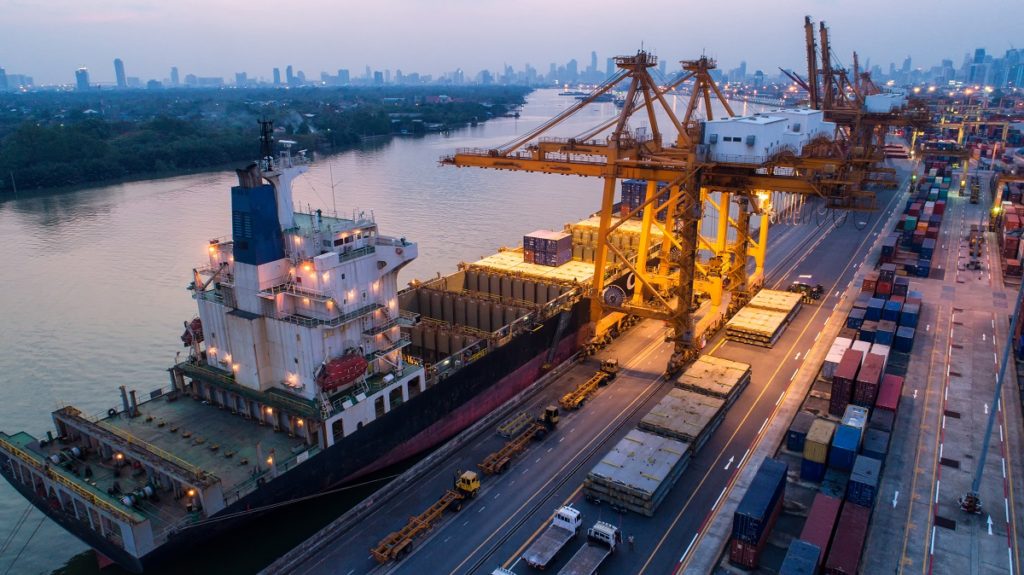According to the International Chamber of Shipping, there are more than 50,000 merchant ships that are trading internationally. These ships transport almost every kind of cargo, from perishable things like food to non-perishable items such as computers. They typically use an automatic loading and unloading system to unload their cargo.
There are many kinds of cargo ships for transporting a range of things. Here are just a few of them.
General Cargo Ships
General cargo vessels are used to carry irregular cargo that isn’t suitable for other kinds of cargo ships. They are the most basic dry cargo-carrying vessel, with the cargo usually in the form of pallets or bags.
Container Vessels
This kind of vessel has become the main way of transporting manufactured goods globally. They are specially designed to transport freight in containers. Container vessels can carry a number of different cargoes, from foodstuff to automobiles. They are also used to transport bagged and palletised goods, liquids, and refrigerated cargo.
Bulk Carriers
Bulk carriers are large vessels used to transport commodities in big quantities or to transport “loose” cargo such as grain, coal, ore, cement, and other such materials. They are usually divided into different cargo holds and come in an array of sizes to suit the amount of cargo that needs to be shipped.
Oil Tankers
These ships are special liquid cargo ships that carry and transport raw oil. They are leak-tight, offer structural resistance, and have a pumping system for loading and unloading the fuel. Most oil tankers can hold up to two million oil barrels.
Reefer Vessels

This kind of vessel transports food and other perishable goods, such as fruit or meat, that need to be refrigerated or frozen. The cargo is usually stored in temperature-controlled, sealed holds.
Ro-Ro Ships
Ro-ro or roll-on/roll-off vessels carry wheeled vehicles such as cars, buses, truck trailers, heavy machinery, and the like. These ships feature multiple vehicle decks that comprise parking lanes that are linked by internal ramps. One or more loading ramps provide access to the shore. The cargo capacity of ro-ro ships is measured in Car Equivalent Units (CEU); the largest car carriers have a capacity of more than 6,000 CEU.
Livestock Vessels
Livestock vessels are fitted with pens and other necessary equipment to safely transport a large number of animals. These ships have been designed to provide the animals with proper ventilation, food, and water.
There are two types of livestock vessels: open carriers and closed carriers. Open livestock carriers have animal cages installed on open decks. This gives them natural ventilation. Meanwhile, closed livestock carriers have animal pens within the vessel, thereby requiring mechanical ventilation systems.
Passenger Vessels
These ships range from small ferries that carry 10 people to large cruise ships with a passenger capacity of more than 6,000. Passenger’s vessels are specialised, with passenger comfort and safety driving the design of most modern ferries and cruises. Because of this, a lot of cruise ships have restaurants, shops, lounges, swimming pools, and entertainment facilities on board.
There are many different kinds of cargo ships and each ship is designed specifically for the type of cargo to be transported. This is because each type of cargo requires different conditions and a specialised sea transport mode.

